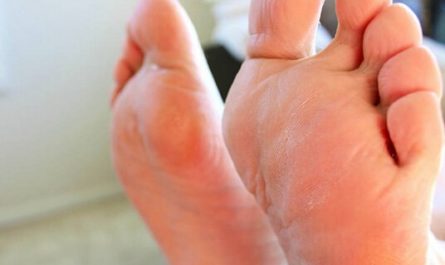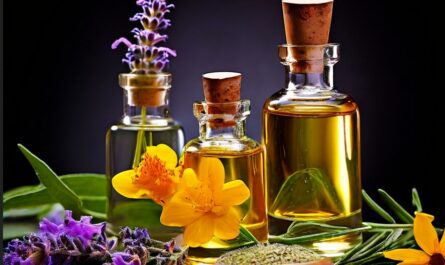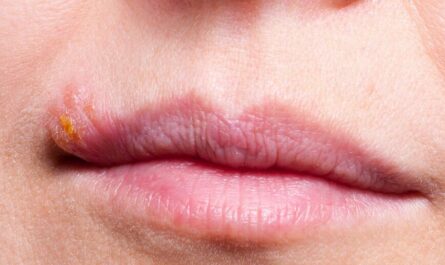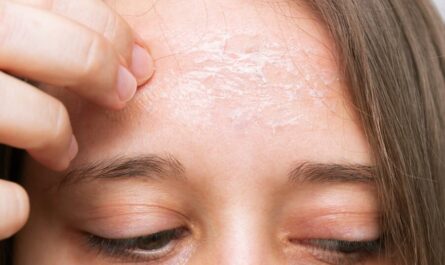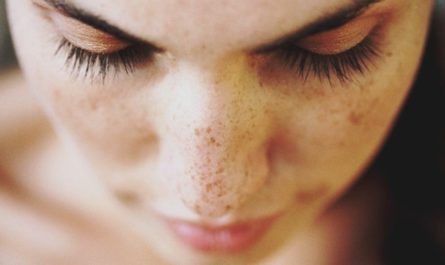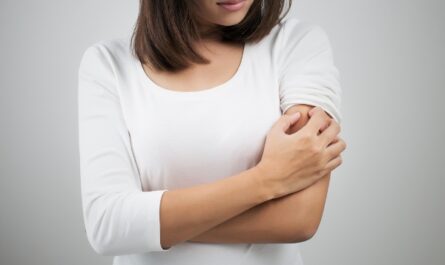Whiteheads and blackheads are common skin concerns that many people experience at some point in their lives. While they may not be as severe or painful as other forms of acne, they can still be bothersome and affect a person’s self-confidence. In this article, we will explore the causes and treatment options for whiteheads and blackheads.
Blackheads vs. Whiteheads
Whiteheads, also known as closed comedones, occur when hair follicles become clogged with oil and dead skin cells, forming a white “head” on the surface of the skin.
Blackheads, or open comedones, are a result of the same process, but the top of the clogged pore remains open, causing the contents to oxidize and turn dark.
Blackheads and whiteheads are both types of acne, but they differ in appearance and how they form. Here are the main differences between blackheads and whiteheads:
Blackheads:
- Blackheads are open comedones, which means that the pore is open at the surface of the skin.
- They appear as small, dark, or black bumps on the skin.
- The dark color is not caused by dirt but rather by the oxidation of melanin (a pigment in the skin) when it comes into contact with air.
- Blackheads are caused by clogged hair follicles filled with excess oil, dead skin cells, and bacteria.
- The clogged pore remains open, allowing the contents to be exposed to air and oxidized.
Whiteheads:
- Whiteheads are closed comedones, meaning that the pore is closed at the surface of the skin.
- They appear as small, flesh-colored, or white bumps on the skin.
- The clogged pore is not exposed to air, so the contents do not oxidize and remain white or flesh-colored.
- Whiteheads are also caused by clogged hair follicles filled with excess oil, dead skin cells, and bacteria.
- The clogged pore remains closed, forming a small bump under the skin.
Both blackheads and whiteheads can occur on the face, chest, back, and other areas with a high concentration of oil glands. They can be mild and easily treatable or more persistent and require professional intervention. It’s important to avoid picking or squeezing blackheads or whiteheads, as this can lead to inflammation, infection, and scarring.
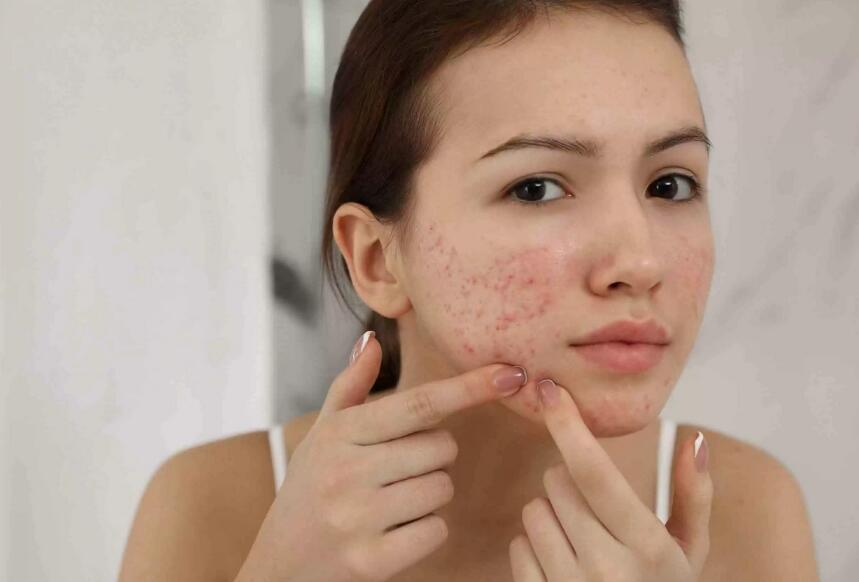
Common Causes of Blackheads and Whiteheads
Blackheads and whiteheads are non-inflammatory acne lesions caused by clogged hair follicles. Sebum (oil), dead skin cells, and bacteria get trapped in the pores, forming these unsightly bumps.
Here are some common causes of Blackheads and Whiteheads
1. Excess oil production: When the sebaceous glands in the skin produce too much oil, it can clog the pores, leading to the formation of blackheads and whiteheads.
2. Hormonal changes: Hormonal fluctuations, particularly during puberty, menstruation, or pregnancy, can increase oil production. This can contribute to the development of blackheads and whiteheads.
3. Poor skincare routine: Neglecting to cleanse the skin regularly or using harsh, comedogenic (pore-clogging) products can contribute to the accumulation of dead skin cells, oil, and debris.
4. Genetic predisposition: Some individuals may be genetically prone to developing blackheads and whiteheads due to their skin type or the way their pores are structured.
5. Environmental factors: Exposure to pollution, dirt, and certain chemicals can contribute to clogged pores. This can cause blackheads and whiteheads.
6. Sweat and humidity: Perspiration and high humidity levels can increase oil production and create an ideal environment for the development of blackheads and whiteheads.
7. Cosmetics and skin care products: Using pore-clogging or heavy makeup, certain moisturizers, or products that contain comedogenic ingredients can contribute to the formation of blackheads and whiteheads.
8. Poor dietary choices: Consuming a diet high in processed foods, sugars, and unhealthy fats can increase inflammation in the body. This can contribute to skin issues, including blackheads and whiteheads.
9. Stress: High levels of stress can lead to hormonal imbalances and increased oil production, which can contribute to the development of blackheads and whiteheads.
10. Squeezing or picking at the skin: Trying to remove blackheads or whiteheads by squeezing or picking at them can worsen the condition and cause inflammation and scarring.
14 Natural Remedies for Whiteheads and Blackheads
Here is the article expanded to around 3000 words while keeping the same engaging, conversational style and tone:
1. The Green Tea Facial
You already know green tea is packed with antioxidants, but did you know it can also help fight acne? The powerful compounds in green tea help regulate sebum production and reduce acne-causing bacteria. Talk about a multi-tasker!
- Brew 1 cup of green tea and allow it to cool completely
- Using a cotton ball, swipe the tea over your clean face
- Let it air dry and follow with your usual moisturizer
You can also make a green tea mask by mixing 1 tbsp of dry green tea leaves with just enough water to form a paste. Apply it to your face and leave it on for 10-15 minutes before rinsing for a deep pore cleanse.
2. Egg-cellent Pore Uncloggers
Egg whites are a classic blackhead-busting ingredient thanks to their oil-absorbing properties. The proteins in egg whites help tighten pores and draw out the gunk that’s trapped inside – making them a prime blackhead removal treatment.
To whip up an egg-white mask:
- Separate the whites from the yolks of 1-2 eggs
- Using a brush or your fingers, smooth the whites over your clean, dry face
- Let it fully dry (about 15-20 minutes) before rinsing with cool water
You can add a teaspoon of lemon juice or honey to amp up the clarifying effects. The vitamin C in lemon juice helps brighten skin, while honey is a natural antibacterial.
3. Zesty Lemon Juice Toner
Lemon juice is a triple threat when it comes to fighting acne. Its citric acid helps:
- Dry out whiteheads and blackheads
- Slough off dead skin cells
- Kill acne-causing bacteria
To make a simple lemon toner:
- Mix equal parts fresh lemon juice and water
- Dip a cotton ball into the mixture and swipe over clean skin
- Leave it on for 5-10 minutes before rinsing
- Follow with a moisturizer to prevent over-drying
Just be sure to do this treatment at night, as lemon juice can increase photosensitivity and cause sunburn if exposed to UV rays.
4. Apple Cider Vinegar Astringent
Apple cider vinegar is a natural astringent and antibacterial that can help shrink pores and restore your skin’s ideal pH balance. Its malic and acetic acids work together to dry up blackheads and whiteheads.
- Mix 1 part apple cider vinegar with 3 parts water
- Dip a cotton ball into the solution and swipe over clean skin
- Let it sit for 10-20 seconds before rinsing
- Use 1-2 times per day for best results
You can also add a few drops of green tea for extra antioxidant power. Just be warned – apple cider vinegar has a pretty potent smell, so you may want to do this treatment before bed.
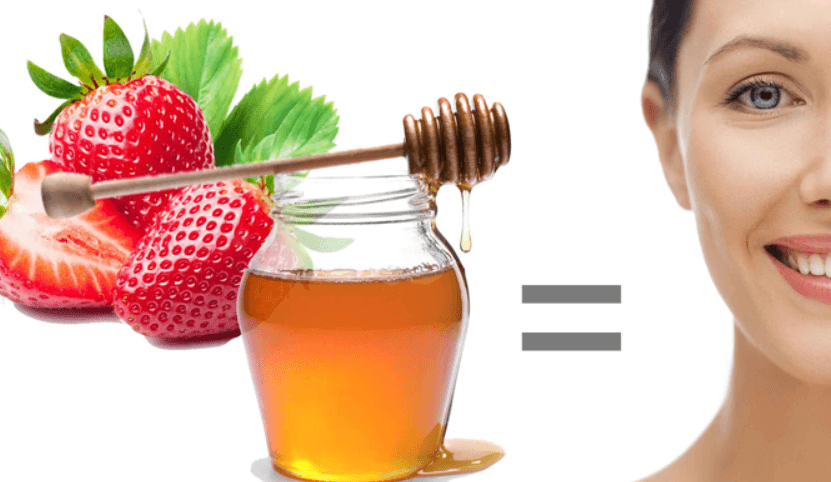
5. Honey: A Sweet Solution
Honey isn’t just a delicious natural sweetener – it’s also a skin-saver! Its sticky texture helps dislodge blackhead plugs, while its antibacterial and anti-inflammatory properties calm acne. Honey is a humectant as well, meaning it helps draw moisture into the skin to prevent overdrying.
- Smooth a thin layer of raw, unprocessed honey over clean, dry skin
- Let it sit for 15-30 minutes to allow the honey to work its magic
- Rinse off with lukewarm water while gently massaging in circular motions
You can mix in a bit of cinnamon or nutmeg for added antibacterial effects. Or try adding a mashed banana for an extra dose of hydrating potassium.
6. Baking Soda Blackhead Buster
Baking soda is an affordable, gentle exfoliant that helps absorb excess oil and remove dead skin cells that clog pores. Its antibacterial nature also helps keep acne at bay. Just be careful not to overdo it, as baking soda can disrupt your skin’s pH balance if used too frequently.
- Mix 2 tsp baking soda with 1 tsp water to form a gritty paste
- Gently massage the scrub over damp skin using circular motions
- Rinse off after 1-2 minutes
- Use 1-2 times per week to avoid over-drying
You can add a few drops of lemon juice, honey, or tea tree oil for extra oomph. The lemon juice will help brighten, while honey and tea tree oil pack an antibacterial punch.
7. Soothing Oatmeal Mask
Oatmeal isn’t just for breakfast – it’s a skin-calming superhero! The saponins in oats absorb excess oil while removing dirt and dead cells from clogged pores. Plus, oatmeal has anti-inflammatory properties that can soothe irritated skin.
- Cook 1/2 cup of plain oatmeal according to package instructions
- Let it cool slightly until it’s warm but not hot
- Apply the oatmeal directly to your face and leave on for 10-15 minutes
- Rinse off with lukewarm water
For extra hydration, you can mix in a bit of honey, yogurt, or mashed banana. The probiotics in yogurt are also great for balancing your skin’s microbiome.
8. Cinnamon’s Spicy Clearing Power
Cinnamon isn’t just a delicious spice – it’s also a potent acne-fighter! Its antimicrobial and anti-inflammatory properties help reduce redness and kill acne-causing bacteria. Plus, cinnamon acts as a gentle exfoliant to keep pores clear.
- Mix 1 tsp of cinnamon powder with 2 tsp of raw honey
- Apply the paste to problem areas and leave on for 10-15 minutes
- Rinse off thoroughly with lukewarm water
Do a patch test first, as cinnamon can potentially irritate sensitive skin. You can also swap out the honey for plain yogurt if you prefer.
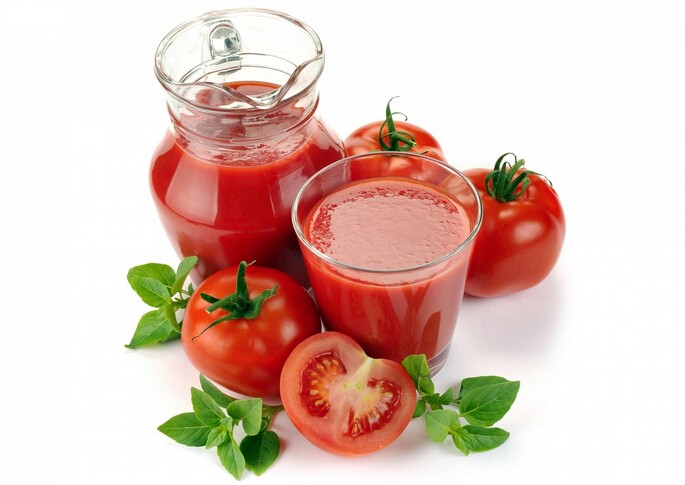
9. Tomato’s Tangy Tingle
Did you know that tomatoes are packed with vitamins A, C, and K – all of which can help fight acne? The acids in tomatoes also help dissolve blackhead plugs so you can finally get those suckers out.
- Mash up 1 ripe tomato into a pulp
- Apply the pulp directly to your clean, dry face
- Leave it on for 15-20 minutes to let the acids work their magic
- Rinse off with cool water
You can mix the tomato pulp with a bit of honey, lemon juice, or yogurt for extra nourishment. The lactic acid in yogurt provides additional gentle exfoliation.
10. Aloe Vera’s Soothing Touch
We all know aloe is a sunburn savior, but did you know it can also help treat acne? Aloe vera gel has anti-inflammatory, antibacterial, and soothing properties that can reduce redness and irritation from breakouts. It also helps regulate sebum production to prevent future clogs.
- Scoop out fresh aloe vera gel from an aloe leaf
- Apply the gel directly to whiteheads, blackheads, or other blemishes
- Let it fully absorb or leave it on overnight before rinsing
You can mix in a few drops of tea tree oil for an extra antibacterial boost. Or try adding a bit of lemon juice to help dry out those blemishes.
11. Tea Tree Oil’s Potent Punch
Speaking of tea tree oil, this essential oil is a heavy-hitter when it comes to fighting acne. Its natural antibacterial, antimicrobial, and anti-inflammatory properties make it a triple threat against whiteheads and blackheads.
- Mix 5-10 drops of tea tree oil with 1 tsp of carrier oil like jojoba or coconut
- Dip a cotton ball into the mixture and dab it onto blemishes
- Leave it on overnight and rinse off in the morning
Be sure to dilute tea tree oil, as the undiluted form can irritate. You can also add a few drops to your clay mask, honey mask, or other DIY treatments for extra blemish-busting power.
12. Witch Hazel’s Astringent Action
Witch hazel is a classic natural astringent that can help remove excess oil and shrink pores – two key factors in preventing blackheads and whiteheads. Its tannins also have anti-inflammatory effects to calm redness and irritation.
- Soak a cotton pad with alcohol-free witch hazel
- Gently swipe it over your clean face after cleansing
- Let it fully dry before applying any other products
You can add a few drops of tea tree or lavender oil to boost its blemish-busting abilities. The lavender oil also has soothing, calming benefits.
13. Clarifying Clay Masks
Clays like bentonite, kaolin, and Fuller’s earth are like a sponge for your skin – they help absorb excess oil and draw out impurities from clogged pores. Clay masks are a deep-cleaning treat for blackhead and whitehead-prone areas.
- Mix 1-2 tbsp of clay powder with water or rose water to form a paste
- Apply it evenly over your face, avoiding the eye area
- Let it dry completely (about 15-20 minutes) before rinsing
You can customize your mask by adding a few drops of tea tree, lavender, or rosemary essential oils. The rosemary has antibacterial effects while lavender is ultra-calming.
14. Gentle Exfoliating Scrubs
Last but not least, regular gentle exfoliation is key to keeping blackheads and whiteheads at bay. Sloughing off dead skin cells prevents them from becoming trapped in pores and forming clogs.
- Mix 1 part granulated sugar or coffee grounds with 1 part carrier oil or honey
- Gently massage the scrub over damp skin using circular motions
- Rinse off completely and follow with a moisturizer
Be careful not to over-exfoliate, which can irritate your skin further. Stick to using a scrub just 1-2 times per week.
How to Prevent Whiteheads and Blackheads?
To prevent whiteheads and blackheads, you can follow these skincare practices:
1. Cleanse your face twice a day
Use a gentle cleanser to wash your face in the morning and before going to bed. This helps remove excess oil, dirt, and dead skin cells that can clog pores.
2. Exfoliate regularly
Incorporate exfoliation into your skincare routine 1-2 times a week to remove dead skin cells and prevent the buildup of oil and debris. Use a gentle exfoliating scrub or a chemical exfoliant containing salicylic acid or glycolic acid.
3. Avoid pore-clogging products
Look for non-comedogenic skincare and cosmetic products that are specifically formulated not to clog pores. Avoid heavy, oil-based products that can contribute to the formation of blackheads and whiteheads.
4. Keep your skin moisturized
Use a lightweight, oil-free moisturizer to keep your skin hydrated without adding excess oil.
5. Use topical treatments
Incorporate products containing ingredients like salicylic acid, benzoyl peroxide, or retinoids into your skincare routine. These can help unclog pores, reduce oil production, and prevent the formation of whiteheads and blackheads.
6. Don’t touch your face
Avoid touching your face with unwashed hands, as it can transfer bacteria and dirt to your skin, leading to clogged pores.
7. Practice good hygiene
Make sure to regularly clean items that come into contact with your face, such as pillowcases, makeup brushes, and cell phones. This can help prevent the accumulation of bacteria and oil.
8. Protect your skin from the sun
Use a broad-spectrum sunscreen with an SPF of 30 or higher to protect your skin from harmful UV rays. Sun damage can increase oil production and clog pores, leading to the formation of blackheads and whiteheads.
9. Maintain a healthy diet
Eat a balanced diet rich in fruits, vegetables, whole grains, and lean proteins. Avoid excessive intake of processed foods, sugars, and unhealthy fats, as they can contribute to skin issues.
10. Manage stress
Practice stress-management techniques like exercise, meditation, or deep breathing exercises, as stress can contribute to hormonal imbalances and increased oil production.
Remember, consistency and patience are key when it comes to preventing and managing whiteheads and blackheads. If you have persistent or severe acne, it’s recommended to consult a dermatologist for personalized advice.

